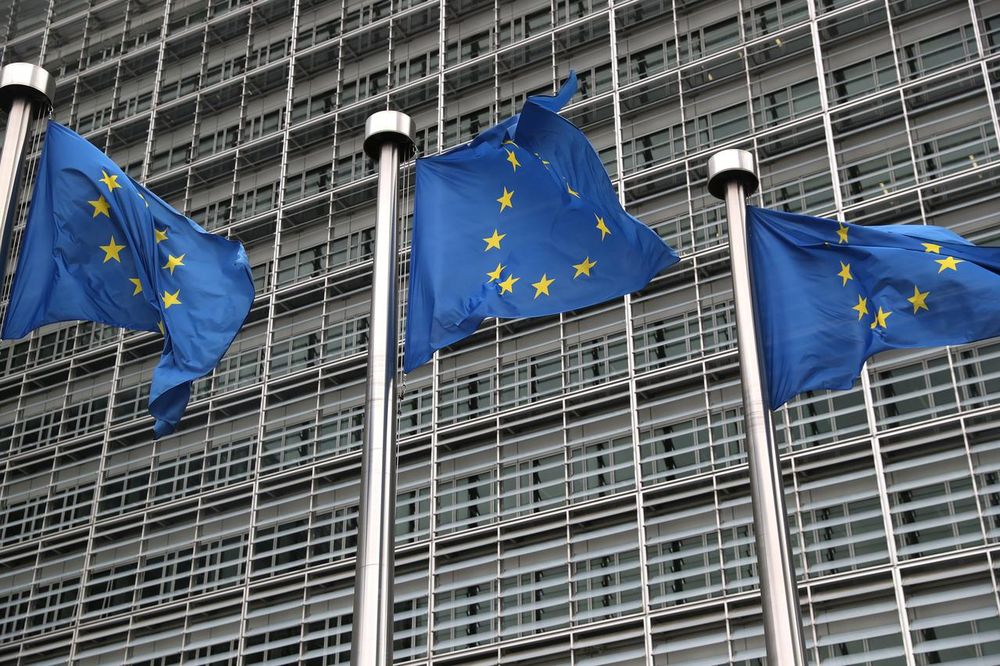BRUSSELS, May 16 — Russia’s invasion of Ukraine and the resulting surge in energy and commodity prices will slash euro zone economic growth this year and next, while boosting inflation to record levels, the European Commission forecast today.
The Commission cut its growth forecast for the 19 countries sharing the euro to 2.7 per cent this year from 4.0 per cent predicted only in February, shortly before the war in Ukraine started. Growth is to slow to 2.3 per cent next year, also below the 2.7 per cent seen before.
The forecast is the first comprehensive estimate of the economic cost of the war in Ukraine for the 19 countries sharing the euro and the wider 27 nation EU.
“The outlook for the EU economy before the outbreak of the war was for a prolonged and robust expansion. But Russia’s invasion of Ukraine has posed new challenges, just as the Union had recovered from the economic impacts of the pandemic,” the Commission said in a statement.
“By exerting further upward pressures on commodity prices, causing renewed supply disruptions and increasing uncertainty, the war is exacerbating pre-existing headwinds to growth, which were previously expected to subside,” it said.
Inflation, which the European Central Bank wants to keep at 2.0 per cent will be 6.1 per cent this year, the Commission forecast and fall only to 2.7 per cent next year. Before the war, the Commission expected prices to grow 3.5 per cent in 2022 and 1.7 per cent in 2023.
Still, despite government spending to cushion surging energy prices and support millions of refugees from Ukraine, the aggregate EU government deficit should fall in 2022 to 3.6 per cent of GDP from 4.7 per cent in 2021 as temporary Covid-19 support measures are withdrawn. It should fall to 2.5 per cent in 2023, the Commission said.
In the euro zone, the aggregate deficit is to halve to 3.7 per cent this year against 2021 and fall further to 2.5 per cent next year while aggregated euro zone public debt is to fall to 94.7 per cent of GDP from 97.4 per cent in 2021 and ease further to 92.7 per cent in 2023.
Also, despite the slower growth, euro zone unemployment is to fall further to 7.3 per cent of the workforce this year and to 7.0 per cent in 2023 from 7.7 per cent in 2021. — Reuters






















